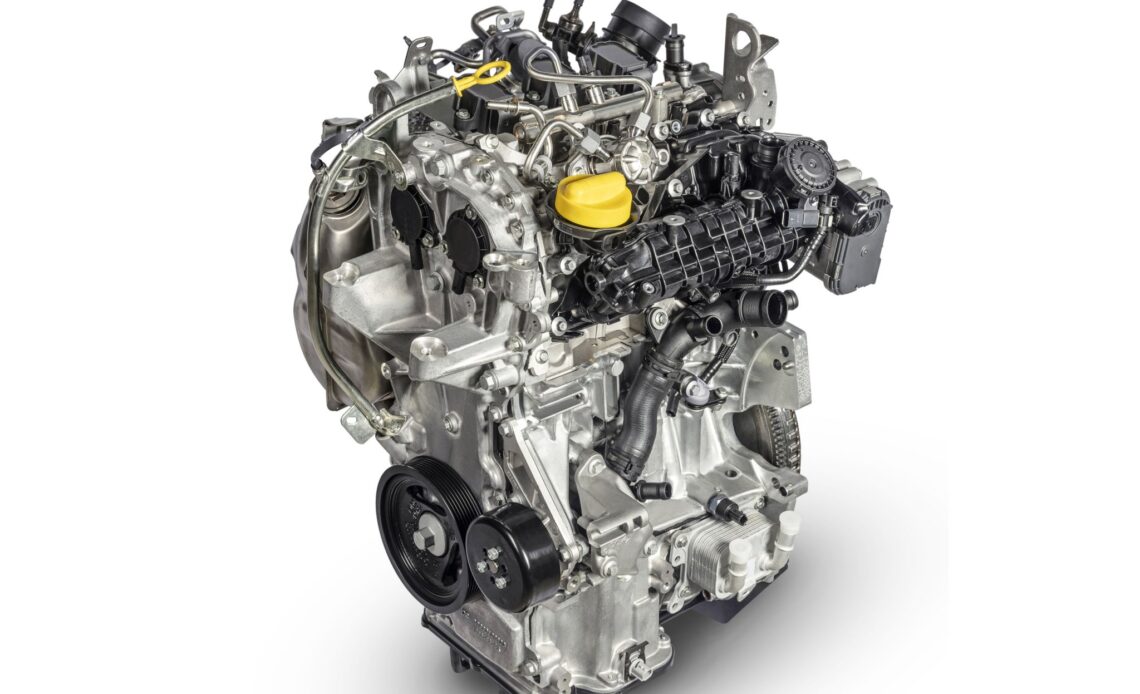Today, support for a sustainable future of transport is unanimous, and it is rightfully acknowledged that electric vehicles (EVs) will play a critical role in pursuing this transition. However, we also need to remember that there is no one-solution approach to sustainable mobility. Every part of the world, while heading in the same direction, needs the ability to use the solutions that are the best fit for their markets.
For several years, policymakers have experimented with legislative force to influence a complete transition away from internal combustion engines (ICEs). These include the EU’s now-downscaled ban on new ICEs from 2035 onwards, and the Glasgow Declaration commitment at COP26 to end ICE sales globally by 2040.
Legislation can influence the direction of change, but it’s ultimately consumer demand that drives its pace. And the market indicates an enduring demand for ICEs.
Hybrids on the rise
Take the European new-car market, which has seen one of the strongest legislative pushes for an ICE phaseout: Despite this, ICE-powered hybrid registrations rose by 12.6% in March, while battery-electric registrations dropped by 11.3% in the same period. In some markets, like South America, demand remains overwhelmingly in favour of ICEs: Of the 3.1 million new passenger cars sold in the region in 2023, only 90,000 of them were EVs—around 3%.
Along with ICEs enjoying robust demand, they’re also key to deploying pivotal sustainable fuel technologies at scale, such as synthetic e-fuels or green hydrogen. The successful deployment of new fuels is a critical priority for some regions, with automotive leaders like Renault Group CEO Luca de Meo—also president of the European Automobile Manufacturers Association—arguing that hydrogen leadership should be a major project for Europe, if it wishes to compete against China’s booming automotive sector.
By 2030, McKinsey estimates that investments into hydrogen alone will total $320 billion, with annual investment in other sustainable fuel categories averaging $51 billion. To be employed for transport and mobility, these zero- or low-emission fuels will require next-generation ICE powertrains. By using these fuels, hybrids and ICEs can achieve a near-identical carbon footprint to EVs, from cradle-to-grave.
ICEs have a proven track record of leveraging sustainable, alternative fuels. In fact, this is the reason ICEs continue to play a dominant role in some markets, including…
Click Here to Read the Full Original Article at Fortune | FORTUNE…


